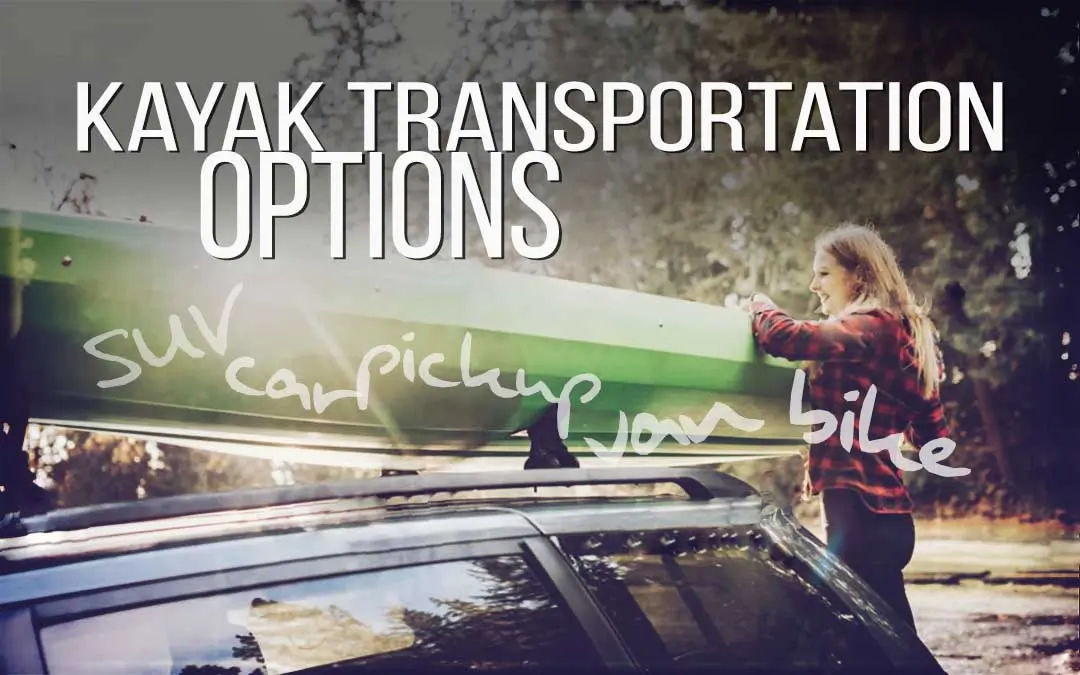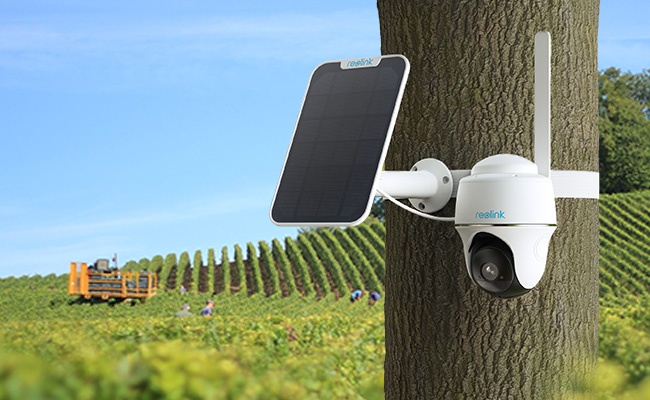Securing equipment on a trailer is essential to prevent accidents and damage. This article will provide valuable tips on how to properly secure your equipment for a safe and smooth transportation experience.
Whether you’re hauling construction equipment, recreational vehicles, or any other large items, following these guidelines will help ensure that your load stays securely in place throughout the journey. By using the right tie-downs, distributing the weight evenly, and regularly inspecting your trailer and equipment, you can reduce the risk of accidents and ensure that your valuable cargo arrives intact.
Read on to learn more about the best practices for securing equipment on a trailer.

Credit: ruggedoutdoorsguide.com
Understanding The Basics Of Equipment Securing
Understanding the basics of equipment securing is crucial to ensure the safety of your trailer and its contents. Different types of equipment securing systems exist to address the unique needs of various cargo. These systems include straps, chains, and tie-downs, among others.
However, securing equipment on trailers can present common challenges. Among these challenges are ensuring proper weight distribution, minimizing movement during transit, and preventing damage to both the equipment and the trailer. It is important to carefully select and utilize the appropriate securing system for the specific type and size of equipment being transported.
Maintaining proper tension and regularly inspecting the securing system can further enhance the safety and security of the equipment on the trailer. By understanding the basics and meeting these challenges, you can confidently transport your equipment knowing it is secure and protected.
Expert Tips For Securing Equipment On Trailers
Securing equipment on trailers requires expert guidance for optimal results. Proper weight distribution is crucial to ensure safe transportation. When it comes to tying down the equipment, it is important to choose the right straps and chains. These tools should be able to withstand the weight and provide adequate security.
Additionally, ensuring proper tension and torque is essential for keeping the equipment in place during transit. By following these expert tips, you can guarantee that your equipment remains secure and protected throughout the journey.
Assessing And Addressing Specific Equipment Needs
Assessing and addressing specific equipment needs is crucial for securing small tools and machinery. By understanding the unique requirements of each piece of equipment, you can ensure their safe transportation. When securing larger equipment and vehicles, consider using straps or chains that can withstand the weight and movement.
It is also important to secure specialized equipment and fragile items properly. This can be done by using padding, crates, or specific mounting systems to prevent any damage during transport. By prioritizing the safety and security of your equipment on trailers, you can reduce the risk of accidents or damage, ensuring a smooth and successful journey.
Best Practices For Securing Equipment On Trailers
Best practices for securing equipment on trailers include conducting regular safety inspections and using secondary securing measures as backup. It is important to regularly inspect the equipment and ensure that all connections, such as straps and chains, are secure and in good condition.
Additionally, considering weather conditions and road hazards is crucial for preventing accidents and damage to both the equipment and the trailer. By assessing the weather and road conditions, measures can be taken to prevent potential disasters such as slippage or tipping.
When securing equipment, it is always better to be safe than sorry, so taking the time to inspect and secure everything properly can save you from costly damage and ensure a safe journey for you and others on the road.
Remember, prevention is the key to a successful and incident-free trailer journey.
Training And Education For Equipment Securing
Proper training and education for trailer operators are crucial in ensuring the securement of equipment. By providing resources and materials focused on equipment securing education, operators can learn the necessary skills and techniques. This training emphasizes the importance of using the right equipment and following proper procedures to prevent accidents or damages during transport.
It also highlights the significance of understanding weight distribution, load limits, and the various elements that can impact equipment stability. By receiving comprehensive training, operators can effectively secure equipment on trailers, reducing the risk of incidents on the road. This educational approach ultimately benefits both the operators and the companies they work for, ensuring the safety of the equipment being transported.
Frequently Asked Questions On Securing Equipment On Trailer
How Do I Secure Equipment On A Trailer?
To secure equipment on a trailer, use strong straps, chains, or bungee cords to tightly secure the load. Utilize appropriate tie-down points on the trailer and distribute the weight evenly. It’s important to regularly check the equipment during transport to ensure it remains securely fastened.
What Type Of Straps Or Chains Should I Use?
Use high-quality straps or chains made from durable materials like nylon or steel. Look for straps with a high load capacity and sturdy hooks or ratchets for secure attachment. Avoid using worn or damaged straps, as they may not provide adequate support.
How Should I Distribute The Weight Of The Equipment On The Trailer?
Proper weight distribution is crucial for safe transport. Place heavier equipment closer to the front axle of the trailer and ensure the load remains balanced. Avoid overloading the trailer or placing too much weight on one side, as this can affect stability and increase the risk of accidents.
How Often Should I Check The Equipment During Transport?
Regularly inspect the equipment and its securing mechanisms during transport. Periodically stop to ensure straps, chains, or cords are still tight and in good condition. Address any issues immediately to prevent the load from shifting or becoming loose.
Are There Any Additional Precautions I Should Take?
Consider covering the equipment with tarps or protective covers to shield it from the elements. Take note of any height restrictions, and secure any loose or protruding parts of the load. Also, be aware of the applicable laws and regulations regarding the transportation of certain types of equipment in your area.
Conclusion
To summarize, securing equipment on a trailer is crucial for both safety and efficiency during transport. By following the proper procedures, such as inspecting the trailer and equipment for any damage, utilizing appropriate tie-down straps and chains, and distributing the weight evenly, you can greatly reduce the risk of accidents and damage.
Remember to always comply with local transportation regulations and ensure that your equipment is properly secured to prevent it from shifting or falling during transit. Regularly maintain and inspect your trailer and equipment to identify any potential issues before they become hazards.
Taking these precautions not only protects your investment, but also ensures the safety of yourself and others on the road. So, make it a priority to secure your equipment properly before hitting the road, and enjoy a smooth and worry-free transport experience.
